It’s September, 2019, and millions of students around the globe are striking to demand action on climate change. We are in solidarity with all those young voices, especially the voice of Elias Gradinger in Brattleboro, Vermont. Elias is our grandson, and he and his classmates held up a banner calling out for regenerative agriculture to cool the planet. Elias is the young man on the far left.
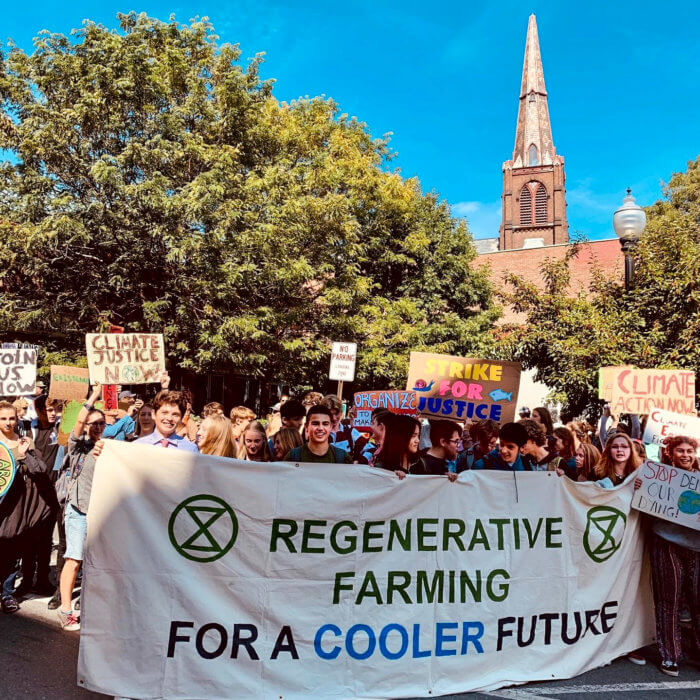
We respond, “Elias, we’re working every moment, on every inch of our farm, to sequester carbon and reverse climate change.” And we were joined this month by agronomists and farming activists helping us to optimize our plans to regenerate Luna and farming systems around the world.
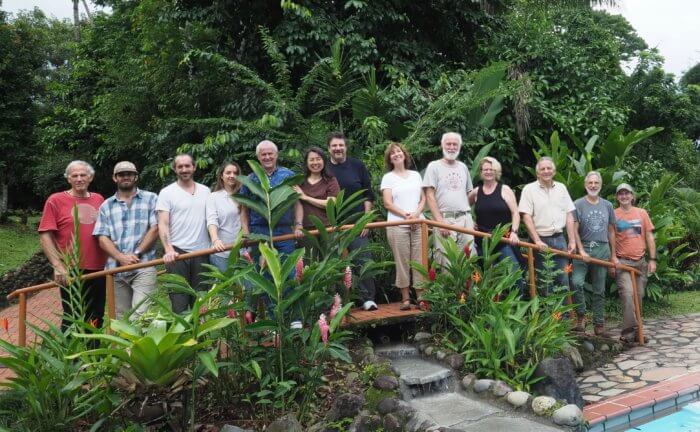
We gathered to consider the regenerative farming opportunities that are now springing up around the planet – in Costa Rica and several other nations in Latin America, Thailand, the United States, Brazil, Finland, and Indonesia. Why is this happening? Why are several current US presidential candidates voicing strong support for regenerative agriculture? Why is the courageous voice of Greta Thunberg now speaking of the power of photosynthesis for carbon capture? Because regenerative agriculture is an indispensible component of any effective response to mass extinction, food and water insecurity, and climate chaos. It’s not enough to reduce or stop using fossil fuels – we absolutely must draw down a trillion tons of legacy CO2 from the atmosphere and put it back in the soil.
And so we gathered at Luna, considering how to mobilize biology and the human spirit to meet the challenge. We were guided by the definition of regenerative agriculture created by The Soil Carbon Initiative, https://www.soilcarboninitiative.org, which focuses on verifiable ecological outcomes and not specific practices. We don’t want to limit farmers by forcing obedience to any orthodoxies of practice, even ones that we have practiced such as organic and biodynamic agriculture. There are 500,000,000 farms in the world worked by more than two billion farmers, and it not for us to dictate specific practices. Rather, we encourage farmers to use their intimate knowledge of their farms and environments to optimize ecological restoration. And we also celebrate the ecological success stories of farmers around the world regenerating their soils and biodiversity, hoping that these success stories will be good models for farms in similar environments. That’s what Finca Luna Nueva is – a model regenerative farm for the wet tropics, much like Cyndi and Tim’s dairy operations in California and David and Hui-Chun’s row cropping in New Mexico. No one knows enough to say there is only one way, but we know enough to say find a way and do it now!
One way that inspires us is the Johnson-Su composting bioreactor called BEAM – Biologically Enhanced Agricultural Management. The BEAM bioreactor creates a fungal-dominated compost that dramatically improves soil health, carbon sequestration, and crop yields. We’re thrilled that David and Hui-Chun Su Johnson are using Finca Luna Nueva as a test site for the BEAM concept in the wet tropics.
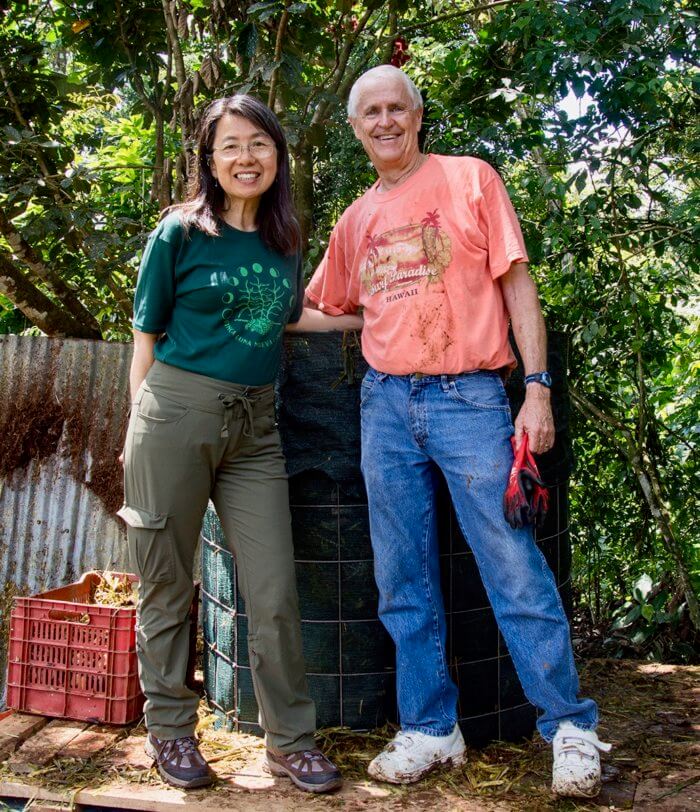
David is a molecular biologist at New Mexico State University and an adjunct professor at the Center for Regenerative Agriculture at Chico State, https://www.csuchico.edu/regenerativeagriculture/, and he and his colleagues at the Center went right to work teaching us how to build a BEAM bioreactor. First step is gathering the right sort of organic matter, and we opted for shredded coconut husks and king grass.
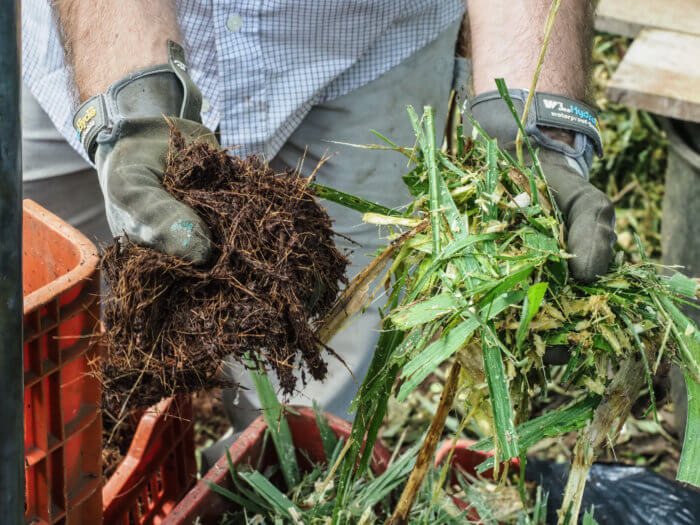

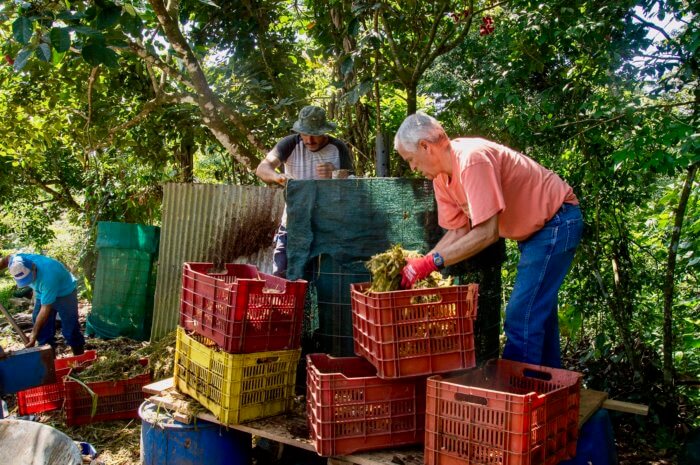
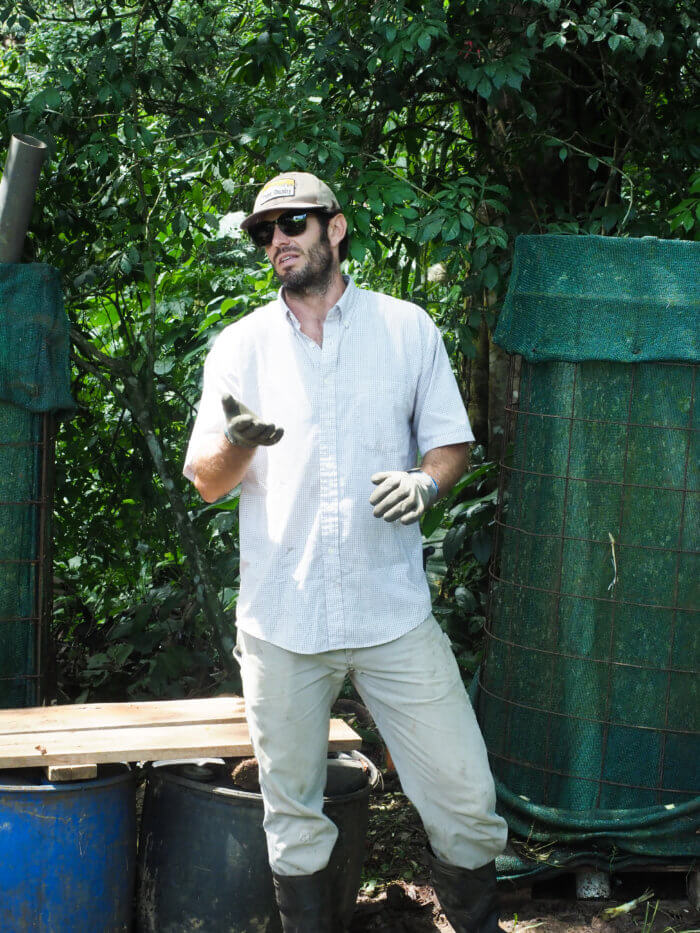
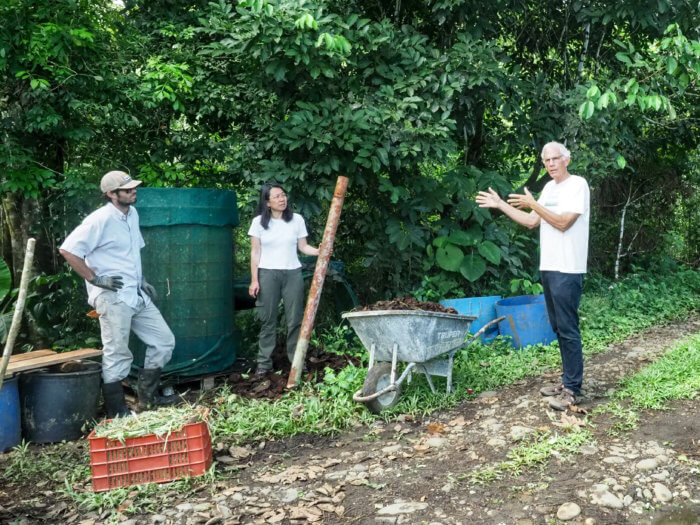
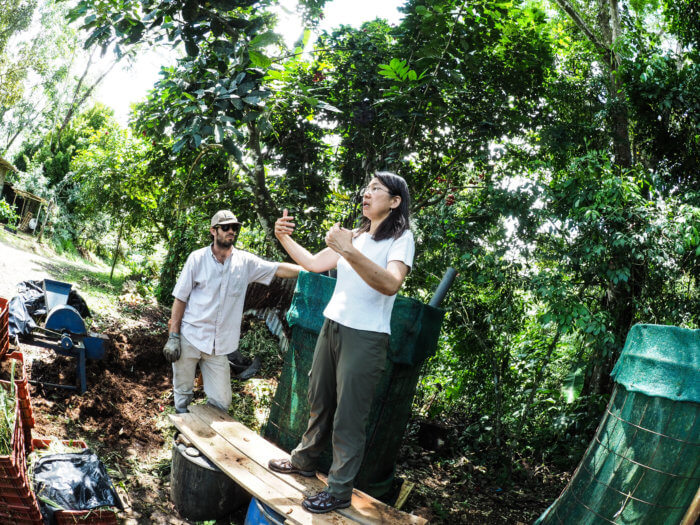
How to keep the compost oxygenated but not disturbed? That engineering feat involves tubes, fabric, and wire fencing materials assembled to precise measurements. What’s that gizmo look like? Check it out:
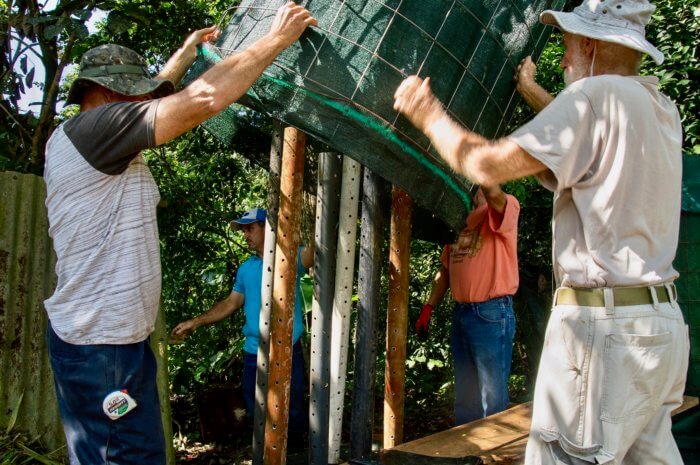
The BEAM concept seeks to optimize fungal growth, and David and Hui-Chun created a system that doesn’t involve turning the compost (which breaks apart the fungal network and results in higher bacterial populations) while at the same time provides enough oxygen to keep the decomposition aerobic. For detailed step-by-step guidance on how to build a BEAM bioreactor, go to https://www.csuchico.edu/regenerativeagriculture/bioreactor/index.shtml.
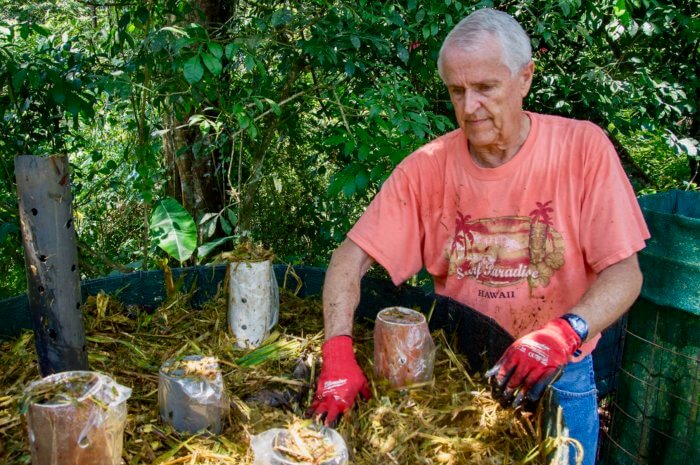
We’ll be taking the temperature and doing microbial assessments of the compost over the next year, communicating the data to the Johnsons and Center. A significant percentage of the world’s population lives in the wet tropics, and we are honored to be the tropical test site for the BEAM system. The BEAM system works its biological magic in the temperate world, but trust us, when you’re at Luna Nueva you’re not in Kansas any more. Both decomposition and plant growth happen much more rapidly in our tropical paradise. We joke that if you dropped your car keys a car would quickly grow, and many trees grow so quickly that they don’t have tree rings – it’s all go and no “slow” here. It’s therefore critical to test and tweak the BEAM system so that we in the tropics can take advantage of fungal-dominated compost – stay tuned for research updates!
In addition to focusing on BEAM for days, our group studied other aspects of tropical regeneration. Cyndi, of course, couldn’t stay away from our girls on grass – our herd of dairy cows that holistically manage our pastures and provide us with our dairy. She discussed tropical life with one of the heifers

And then Cyndi had to try her seasoned hands in our milking station.
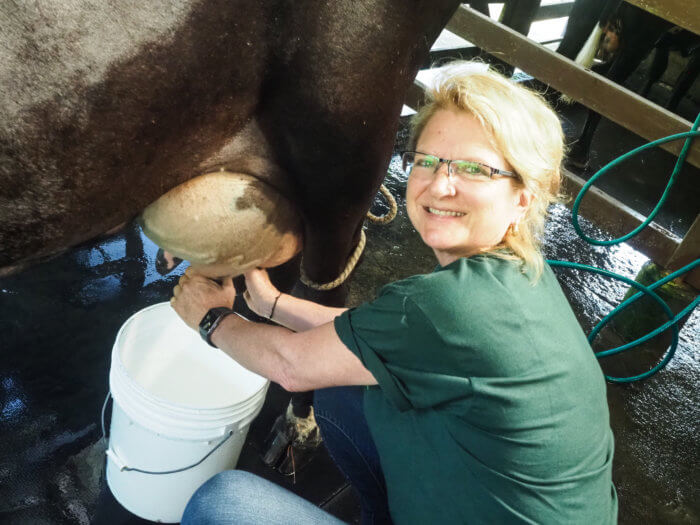
And we always leave most of the milk for the calves….
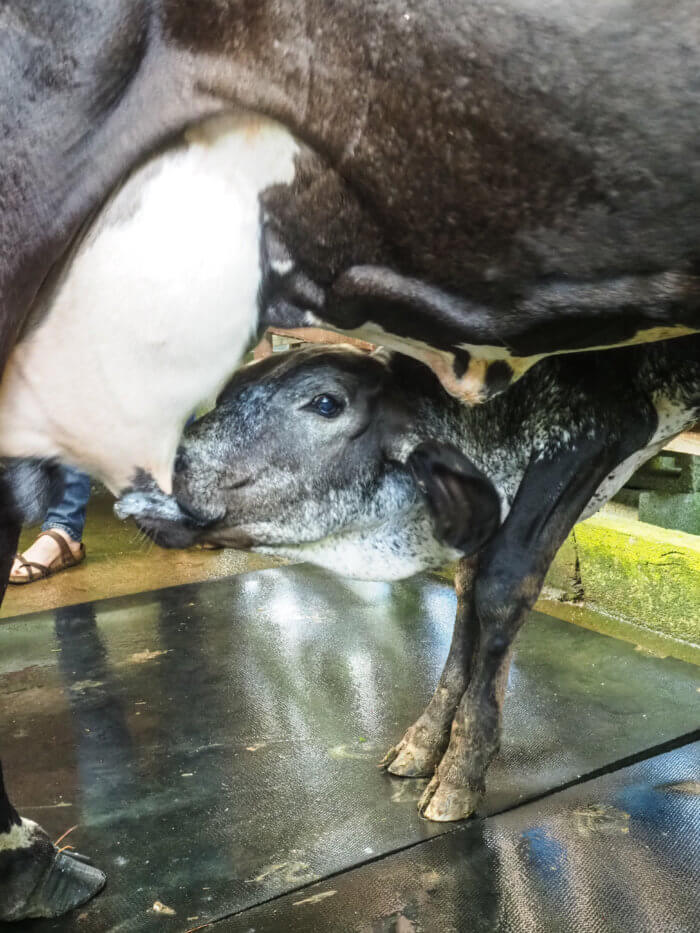
It’s September here, so we celebrated the abundant fruits of the season.
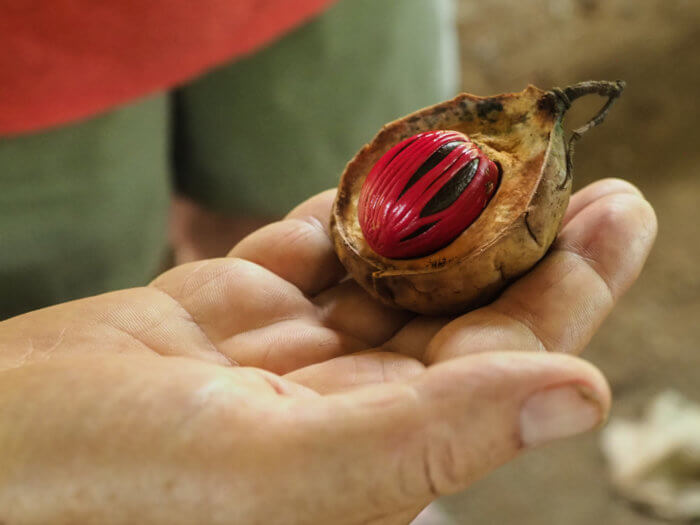
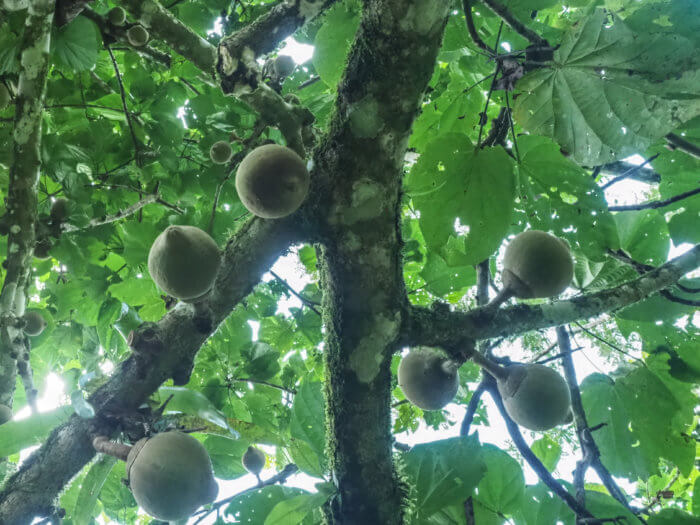
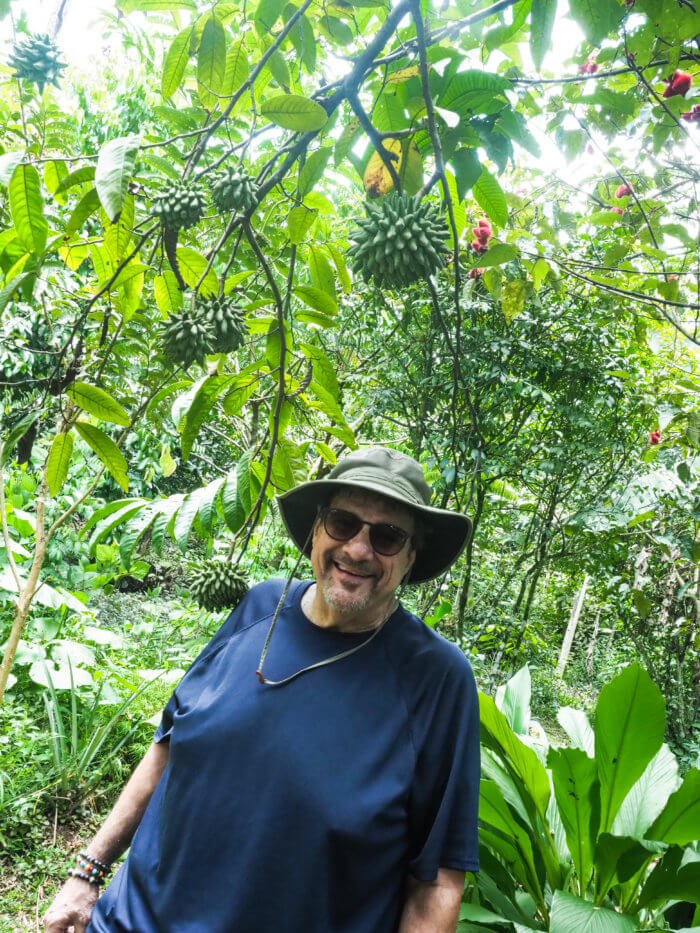
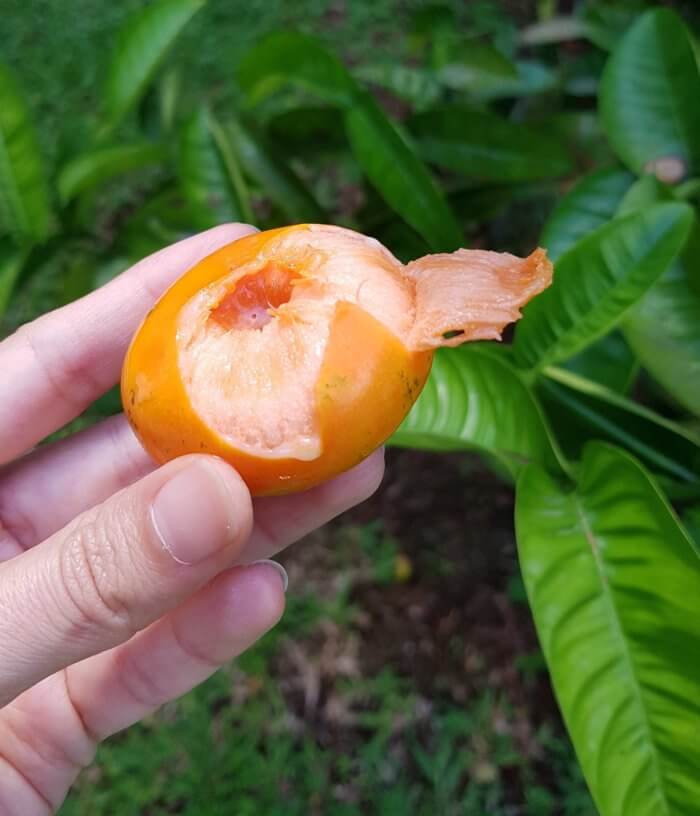

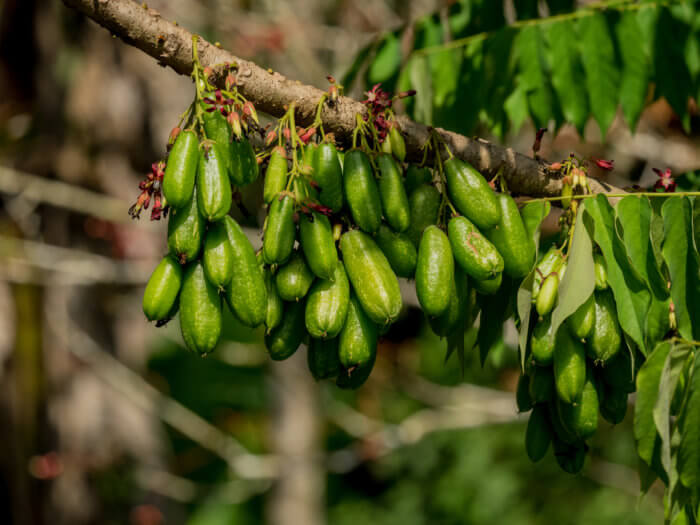
The group learned about our mariola honey project, which to us is the essence of tropical regeneration. These stingless bees create a medicinal honey of unrivaled antibacterial and antifungal efficacy, but they need a biodiverse array of flowers. In turn, they pollinate and support the biodiversity, making them the perfect “livestock” to integrate into a tropical regenerative system.
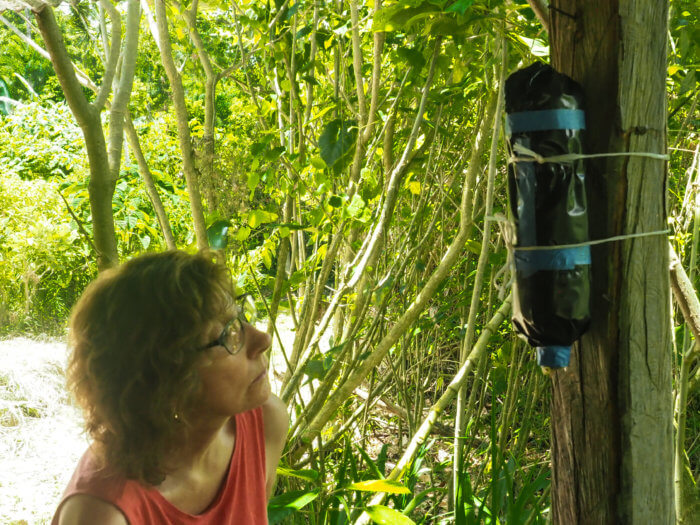
Finca Luna Nueva is a living laboratory of tropical regeneration. We invite you to come visit us, take a farm tour, and learn how regenerative agriculture is helping to answer the great need of our time for carbon sequestration. We especially invite young climate activists to come see a climate solution at work. You young activists are absolutely right to engage in a climate strike and voice your demands. Perhaps some of you will join us in the regenerative farming revolution and help put atmospheric carbon back underground. We can’t wait to see where you’ll lead us in the future!

